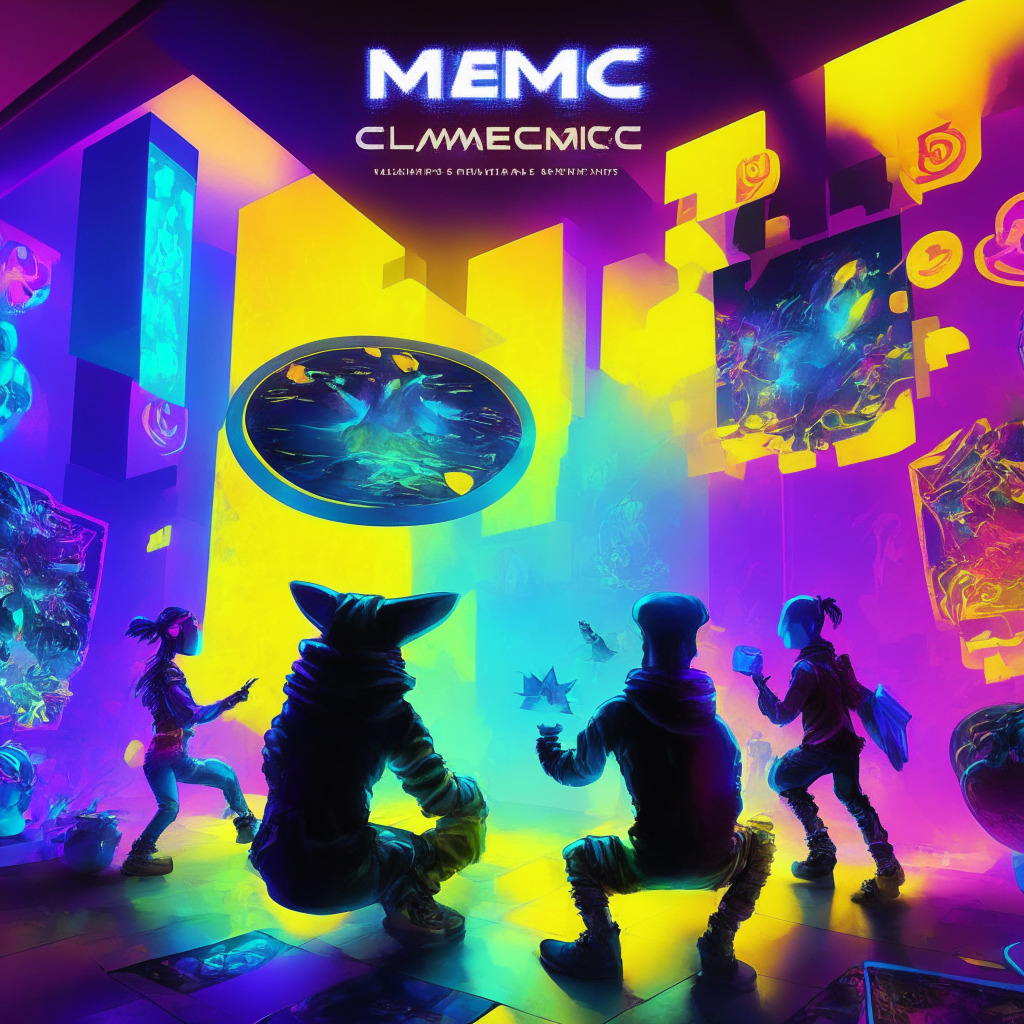The luxury auction house, Sotheby’s, has recently announced a new on-chain marketplace for digital art collectors to purchase secondary non-fungible tokens (NFTs). This development comes as the 279-year-old British-American clearing house aims to distinguish itself in the expanding NFT market.
As compared to conventional peer-to-peer NFT markets, Sotheby’s Metaverse platform offers a unique experience of “a rotating, curated selection of leading artists hand-picked by Sotheby’s specialists.” Moreover, the platform now supports transactions on both the Ethereum and Polygon networks.
One of the key advantages of the Sotheby’s Metaverse platform lies in the utilization of smart contracts, which facilitates digital art collectors to pay for their art and collectibles in either Ether (ETH) or Polygon (MATIC). Apart from that, the platform also honors artist royalties through smart contracts on secondary sales, automatically distributing payments according to the chosen royalty rate.
The marketplace’s launch showcases works from 13 prominent digital artists, such as XCOPY, Claire Silver, Tyler Hobbs, and Hackatao, among others. This development emerges in the backdrop of Sotheby’s entry into the NFT space in April 2021, followed by several record-breaking digital art sales.
However, it’s essential to address the challenges associated with the NFT market. In recent months, concerns regarding the authenticity of NFT transactions have grown, with reports highlighting that up to 4 out of 10 NFT sales may be fraudulent. Prospective collectors need to be vigilant about spotting signs of wash trading and ensuring the credibility of any transaction they hope to engage in.
Although Sotheby’s new on-chain marketplace promises to curate high-quality NFTs with a distinctive touch, it begs the question of whether the platform could be susceptible to similar transparency issues as we’ve observed in the digital art space. The ideal outcome would be that this move by a highly reputed, well-established auction house like Sotheby’s could foster trust among potential buyers and generate a more reliable and controlled environment for the NFT market.
To summarize, Sotheby’s introduction of an on-chain marketplace presents a promising avenue for digital art collectors seeking curated NFT offerings. While the move comes with advantages such as smart contracts facilitating transactions and artist royalties, it is crucial to address and overcome the trust and transparency issues prevalent in the digital art space, ensuring both artists and collectors enjoy a secure and stable environment.
Source: Cointelegraph




